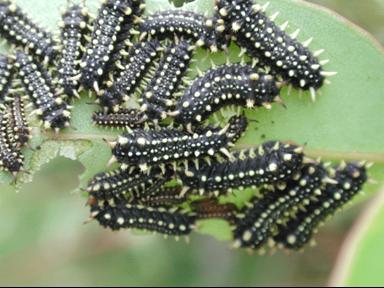Behaviour and Ecology
@ School of Life Sciences,
University of Nottingham
| Home | People | Research | Teaching | Publications | Opportunities | Links |
 Evolution of social
behaviour
Evolution of social
behaviour
Tom Reader
Caenorhabditis elegans is an incredibly well studied model organism, but remarkably little research has been done on its behaviour or ecology. Together with David de Pomerai, Tom Reader is studying a fascinating behavioural polymorphism that was first discovered by Mario de Bono. Some worm strains aggregate strongly while foraging, but others are solitary, and Mario’s work has shown that the difference in behaviour is accounted for by a single nucleotide polymorphism (SNP) in the gene npr-1. We are exploring the consequences of this SNP in an ecological context: how does primitive “sociality” affect the worm’s interactions with its prey, its competitors and its natural enemies? We are also looking at selection pressure on the gene in different ecological contexts. This approach is giving interesting insights about the evolutionary origins of sociality.
Tom Reader has also been exploring the significance of gregariousness in caterpillars, in collaboration with Dieter Hochuli in Sydney. The costs and benefits of gregariousness in the moth Doratifera casta vary during development, and the consequence is ontogenetic variation in the tendency to forage in groups.
Relevant reference
Reader, T. and Hochuli, D.F., 2003. Understanding gregariousness in a larval lepidopteran: the roles of host plant, predation, and microclimate. Ecological Entomology, 28(6), 729-737.
